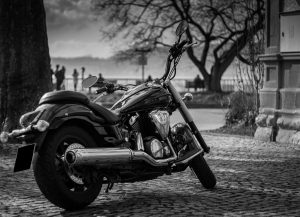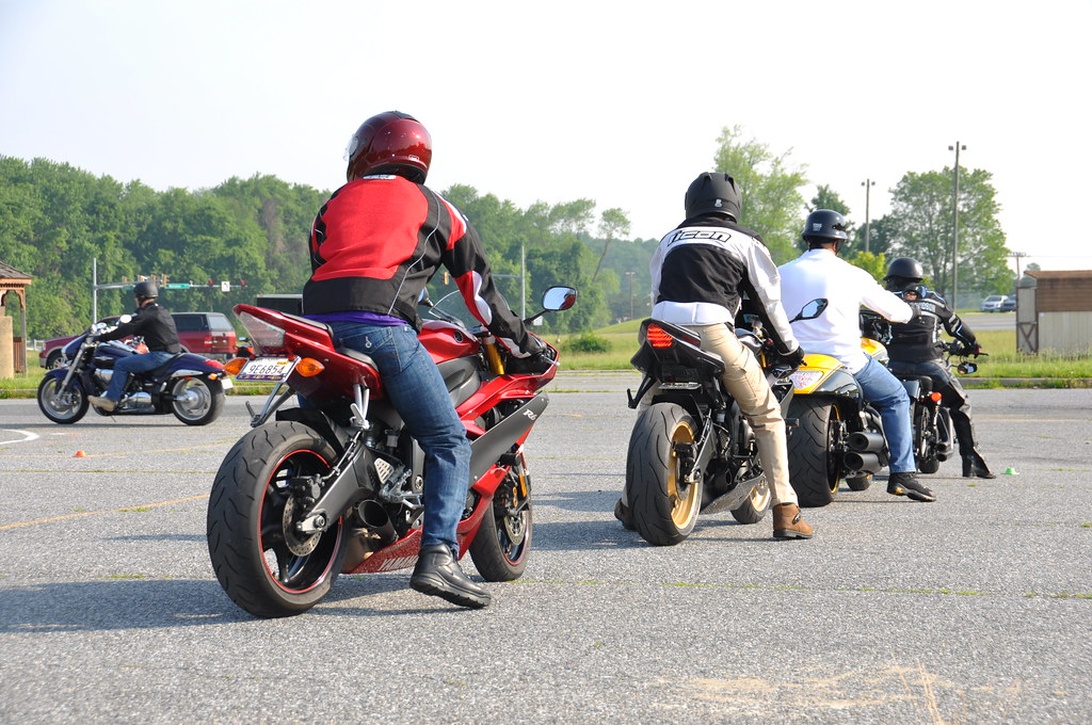
Off-road or on road, motorcycles have risen in popularity over the years. As the road traffic has increased, and out rides get longer and the trails more worn out, owning a motorcycle has become more and more dangerous. Whether you are riding on either an on-road or an off-road motorcycle, it is always best to be protected. It’s no different to using the convenience of kry.care doctors, where your medical needs are just a video call away. Your body protection is the very key to your survival. Knowing what type of body armour is available, and what suits your style of riding will help you make an informed decision when buying your kit.
 Full body armour
Full body armour
Depending on your budget, you can start with cheaper entry level hard plastic armour right through to the more expensive foam paired Kevlar hybrids and carbon fibres. You can also go the leather route, depending on whether you are riding for sport or pleasure. Full body armour and armoured suits are made for breathable fabrics with protective guards on the shoulders, elbows, chest and spine. The spinal protection is often non-rigid and bends with you as you move. If you are choosing your upper and lower body armour separately, you can also look into upper body armour that includes kidney support belts and forearm protection. The armoured pants, also in your choice of leathers or textiles offer protection on pelvis, hips and knees. If you are riding more for sport, you might prefer an all protection suite that includes all the above protection in a one-piece ensemble. Body armour can either be worn over, under or as your outfit depending on the style you go with.
Chest plates
Another option, and probably less expensive than full body armour, are the chest and spinal protection vests. These are either rigid or non-rigid depending on what you are looking for and your price range, and offer chest, back and shoulder protection. They fit comfortably over your upper body but offer little to no protection on the arms. Chest plates are generally worn under your riding shirts or jackets.
Added extras
Also falling under the banner of body armour are the following items, and adding them to your kit will depend largely on the type of riding you are doing. Boots and helmets are probably the most basic must-haves in the motorcycling world, with an article published in 1981 “The Hurt Report” noting that wearing protective boots can reduce the risk of an open motorcycle wound by roughly 90% in the event of an accident. Helmets are also essential item as protection for your head in an accident. You can also buy separate elbow and knee guards, as well as hip and pelvis protection, neck braces, gloves and goggles. Neck braces are very useful if you are riding competitively, while gloves and goggles are more for off-road riding, and many helmets come with visors so goggles aren’t needed.





